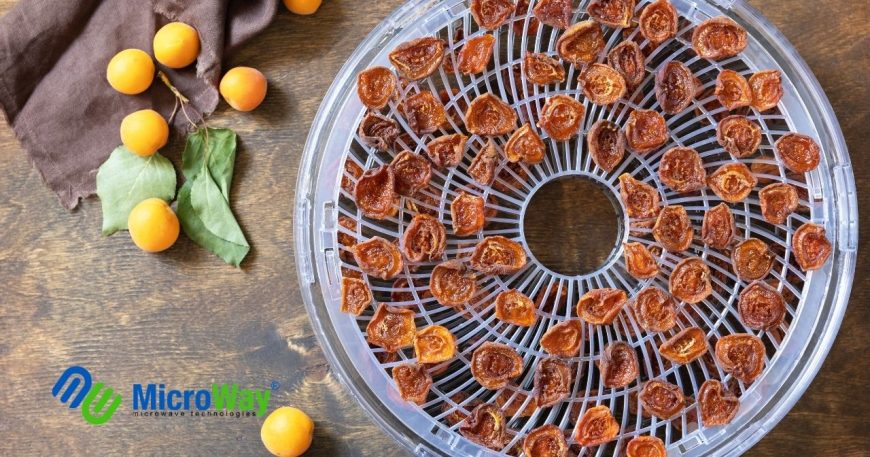How a Continuous Industrial Microwave System Boosts Efficiency
In the fast-paced world of food manufacturing, the need for high-performance thermal processing has never been greater. Whether it’s for cooking, drying, tempering, or pasteurizing, food producers are seeking reliable technologies that can keep up with demand while maintaining quality and reducing energy use. A continuous industrial microwave system offers a powerful solution for exactly these needs.
Unlike batch systems, which process products in fixed quantities, continuous microwave systems operate nonstop. Products move through the microwave chamber on a conveyor, allowing for uninterrupted, consistent processing. This not only speeds up production but also ensures uniform heating across every item — a critical factor in maintaining food safety and product consistency.

Why Choose a Continuous Industrial Microwave System?
Microwave technology heats products from the inside out. This means significantly faster processing times compared to conventional methods like hot-air tunnels or steam ovens. The energy is directly absorbed by the product, minimizing waste and improving overall efficiency.
A continuous industrial microwave system is also highly flexible. It can handle a wide range of food products, from ready meals and frozen vegetables to spices, fruits, and proteins. For manufacturers dealing with diverse product lines, this adaptability is a major advantage.
Temperature control is another key benefit. The system allows for precise adjustment of power levels and belt speed, ensuring the exact thermal treatment needed for each product. This reduces the risk of overcooking or underprocessing and helps preserve the product’s taste, texture, and nutritional value.
Industrial Microwave Use in North African Markets
Emerging markets, such as Morocco, are beginning to adopt advanced thermal technologies like continuous industrial microwave systems to meet both local and export demands. With a growing food production sector and increasing interest in efficient, modern processing methods, Morocco represents a region where such systems can make a measurable impact.
For example, Moroccan producers of dried fruits and spices are investing in systems that allow for faster drying and decontamination, improving shelf life and meeting international quality standards. Meat processors benefit from fast thawing and uniform cooking without compromising texture. In these cases, microwave systems not only enhance production capacity but also reduce energy costs — a major consideration in regions focused on optimizing resources.

Sustainability and Energy Savings
One of the standout advantages of microwave technology is energy efficiency. Traditional systems often heat the air or the equipment itself before reaching the product. A continuous industrial microwave system bypasses that inefficiency by transferring energy directly into the food. This results in lower energy usage and reduced operational costs — a win for both profitability and sustainability goals.
Additionally, these systems are cleaner by design. Shorter processing times and enclosed microwave chambers minimize the risk of contamination and reduce the need for chemical cleaning agents. This aligns well with the global push toward safer, greener production methods.
Selecting the Right System
When choosing a microwave system, it’s important to consider production scale, product types, and facility layout. Leading manufacturers offer tailored solutions that integrate seamlessly into existing lines. Some systems also come equipped with remote monitoring, automated controls, and real-time data tracking — giving processors full visibility and control.
For facilities in regions like Morocco, local support and adaptability to infrastructure are also important. The right supplier will offer not just the equipment, but also technical assistance, training, and after-sales service to ensure long-term performance.
A continuous industrial microwave system is more than just a heating tool — it’s a strategic investment in faster, cleaner, and more consistent food production. For manufacturers seeking to meet modern market demands while controlling costs and reducing their environmental impact, this technology offers a clear advantage.
Whether you’re processing vegetables, ready meals, meats, or spices, a continuous microwave system can help streamline your operation and raise your production standards. And as food industries in regions like Morocco continue to expand and modernize, adopting efficient thermal processing technologies will be key to long-term success.


